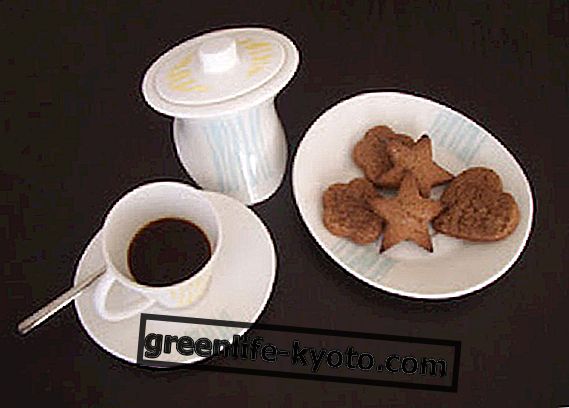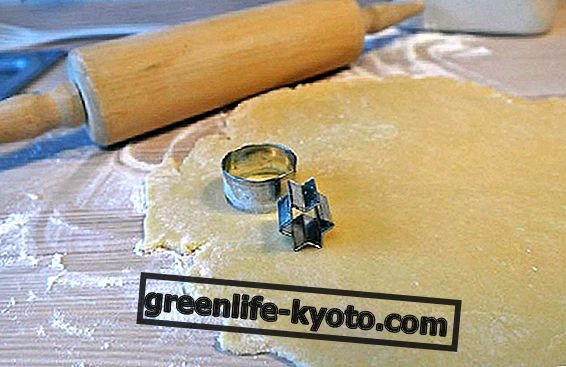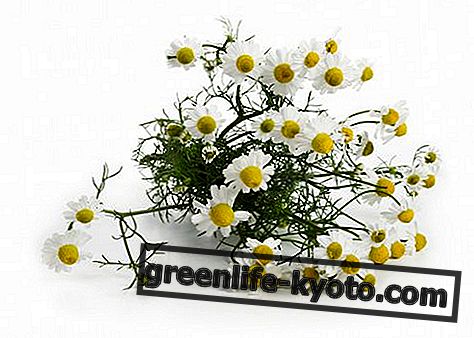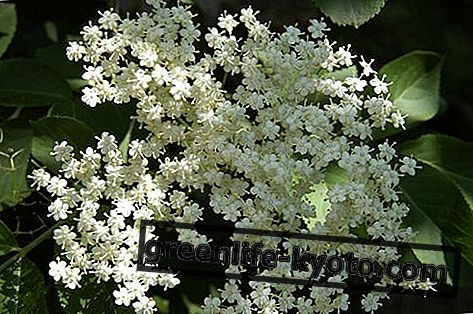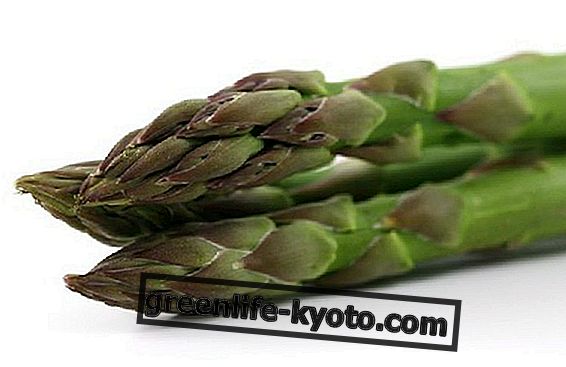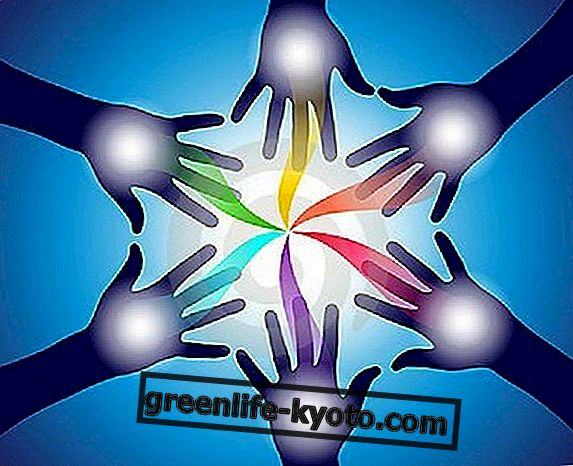Flower therapy is a holistic therapy that uses natural remedies prepared from wild flowers . Let's find out better.

What is flower therapy?
Flower therapy, as the word itself says, is a type of holistic and biological therapy that uses a series of natural remedies prepared from wild flowers.
The Welsh doctor Edward Bach (1886 - 1936), around the first half of the 20th century, started an in-depth study on the healing properties of flowers, ended with a list of 38 healing flowers, discovered thanks to the patient document work carried out by examining the heritage of ancient medical traditions from different parts of the world.
According to the supporters of this method, the flower remedies discovered by Bach would release their "energy" or "memory" in water, if properly treated, which enters into vibration with human energy and would be able to change the negative emotion in its positive trait, without eliminating it, but transforming it, or making the subject harmonious and better.
Edward Bach was indeed a particular doctor, with one eye always turned to the patient and one immersed in nature. A careful observer of natural phenomena, a sensitive herbalist, he stubbornly sought a method of self-healing based on the remedies that nature makes available to man. And he found it in the flowers.
How does it work?
Edward Bach's flower remedies, called Bach Flowers, come in liquid form, distilled in dark glass bottles, and, taken orally, act on the body, mind and human emotions, but also on the vital properties of animals and plants.
The mechanism of their functioning is linked to an intuition of Bach, who understood early on that the disease is not only an manifestation, an isolated disorder, but a question that the body advances and that the spirit must listen to, if it does not want to remain trapped in malaise.
While most of his colleagues in lab coat focused on the disease and not on the patient, Bach understood that the isolated symptom was able to reveal very little and therefore he began to study homeopathic medicine, ranging in the vast world of experimentation in the field of care.
Bach advised to pick the flowers in the period of maximum flowering and in the first hours of the morning of a sunny day, without clouds in the sky; the whole flower was placed in a bowl of spring water in the field where it had been harvested and was treated according to the method of the sun, or left to macerate for three or four hours under the sunlight.
Another type of preparation followed the boiling method instead . With the boiling method the flowers were placed in pure spring water to boil for thirty minutes.
You can learn more about the properties and use of the 39 Bach flower remedies
What does flower therapy cure?
The therapeutic indications of Bach Flowers are initially aimed at limiting and correcting forms of emotional distress .
Bach Flowers are usually designed and recommended for stress, phobias, mild to moderate depression, insomnia or psychosomatic disorders . The effects of rebalancing that Bach flower remedies manifest on emotional discomfort and reactive feelings to important physical problems are also proving very interesting.
Lately many applications of a strictly physical nature are being discovered, such as pain, inflammation, allergies and more.
It can be said that the effectiveness of flower therapy is given by the fact that it does not intervene on the disease, but on the sick person, on his reactions and moods: flower therapy does not fight the disease, but develops the qualities that allow it to overcome it.
Who is the flower therapy therapy for?
The prescription of Bach flower remedies involves first of all an accurate clinical interview with the patient together with the flower-therapist, through which it is possible to understand which are the particular imbalances in progress.
A second moment will instead focus on the correct choice of flower remedy. In the case of mental distress, the floral remedy will be chosen with extreme care, considering well the nuances with which the discomfort presents itself.
The flower-therapist will therefore try to analyze in depth the nuances of each individual case: the patient can in fact be apathetic, intolerant, disappointed, jealous, physically tired, undecided ; or present other characteristics, such as being tired morally, nostalgic, proud, resentful, possessive, rigid, sadistic, impatient, with feelings of guilt, lacking in self-esteem, with more or less known fears of origin.
A different Bach Flower is prescribed for each of these states of mind; it is often prescribed even more than one, to form a real flower cocktail. The remedy or cocktail will be taken around three to twelve months, depending on the case, in order to rebalance the correct flow of emotions and to restore the body to health, with full awareness by the patient.
This awareness can also be achieved by tackling, during the treatment, moments of crisis in which the skilful and prepared flower-therapist supporting work proves to be indispensable.
There is also another form of flower therapy: that of simple prescriptions, pre-packaged compounds, remedies for domestic or herbalist use.
As seen, Bach Flowers are not only meant for those with psychological imbalances, but also for those who want to solve physical disorders; in this case they are suitable for those suffering from inflammation, for those who have suffered traumas, allergic eczemas or for those who have coughs, colds and even cellulite.
The law in Italy and abroad
Since 1976 the World Health Organization (WHO) has recognized and legitimized the use of flower therapy as a complementary treatment method. However the title of floriterapeuta, in Italy and in other European countries, is not officially recognized by the State, which instead happens in England, France, Spain and Germany.
Flower therapy, although not officially recognized in Italy, tends to become more and more a useful tool for the integration of academic medicine, especially due to the lack of side effects, to be indicated also for children and for easy integration with chemical synthesis drugs and with traditional methods. At present it is growing rapidly in the Italian population, in addition to being used for years, in many countries of the world, in the lead England .
The florist is an expert consultant in the helping relationship through the application of the natural system of flower therapy. The flower-therapist does not propose herself as an alternative to the doctor or the psychologist, she does not deal with diagnoses or medical pathologies nor with treating symptoms, but with balancing all those negative emotional attitudes that can, in the long run, favor them.
Associations and reference bodies
Cited by the WHO among the natural methods for which study and diffusion is hoped for, flower therapy begins today to be taught also in University institutions in Italy and abroad. In England, in Mount Vernon, in honor of the great doctor and bacteriologist, the Bach Center was born, offering courses on the spot, but also in other countries, including Italy.
In Italy among the associations that offer conventions, meetings and courses there are: The Italian Society of Flower Therapy, The Union of Flower Therapy, but you can also contact schools of known and accredited naturopathy that have in the didactic program flower therapy courses or schools of triennial florierapia which includes attendance, exams and final thesis, in line with the general directives of the Ministry of Education.
After attending the courses, it is possible to take an exam and be enrolled in the Italian Register of Flower Therapists .

